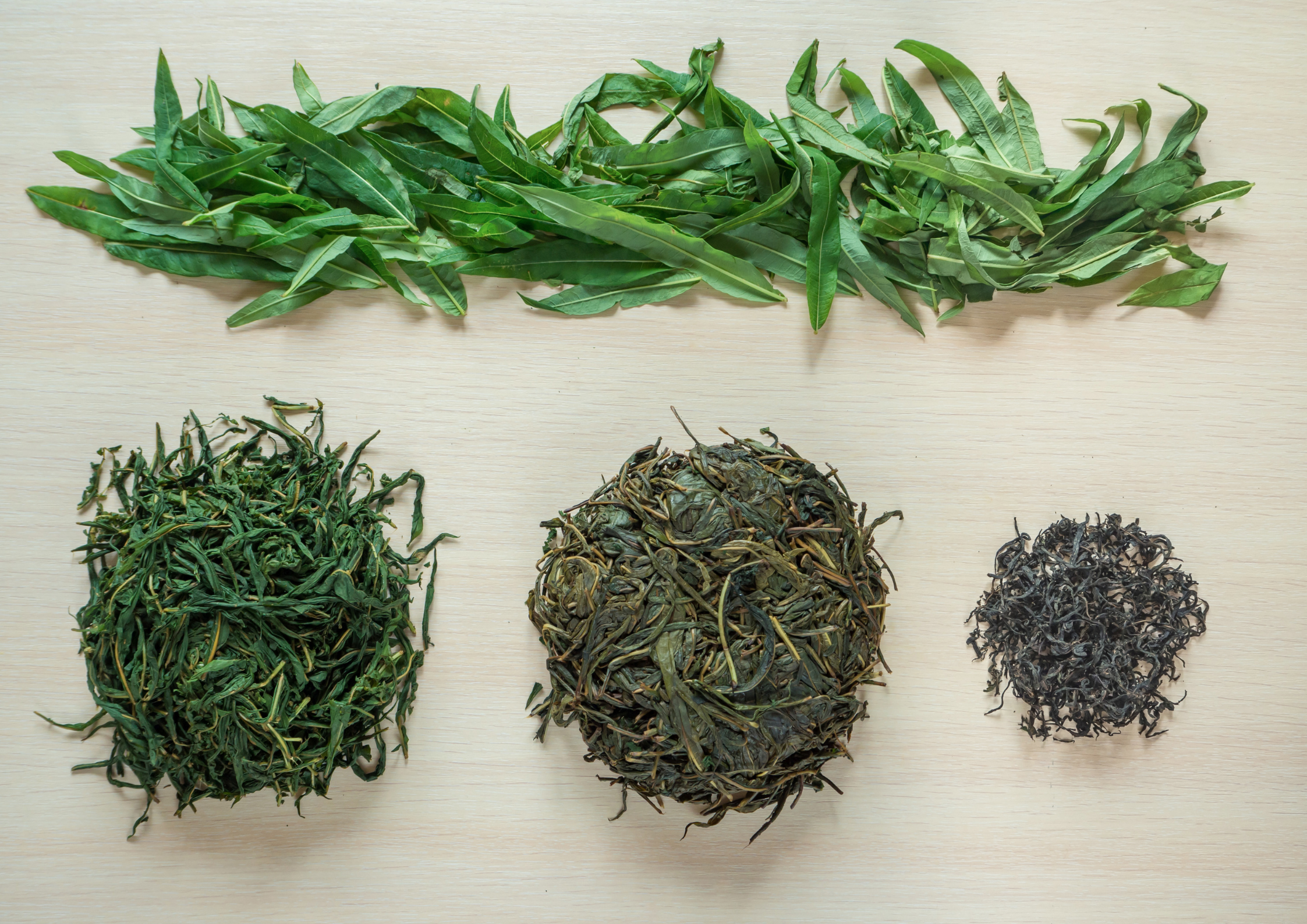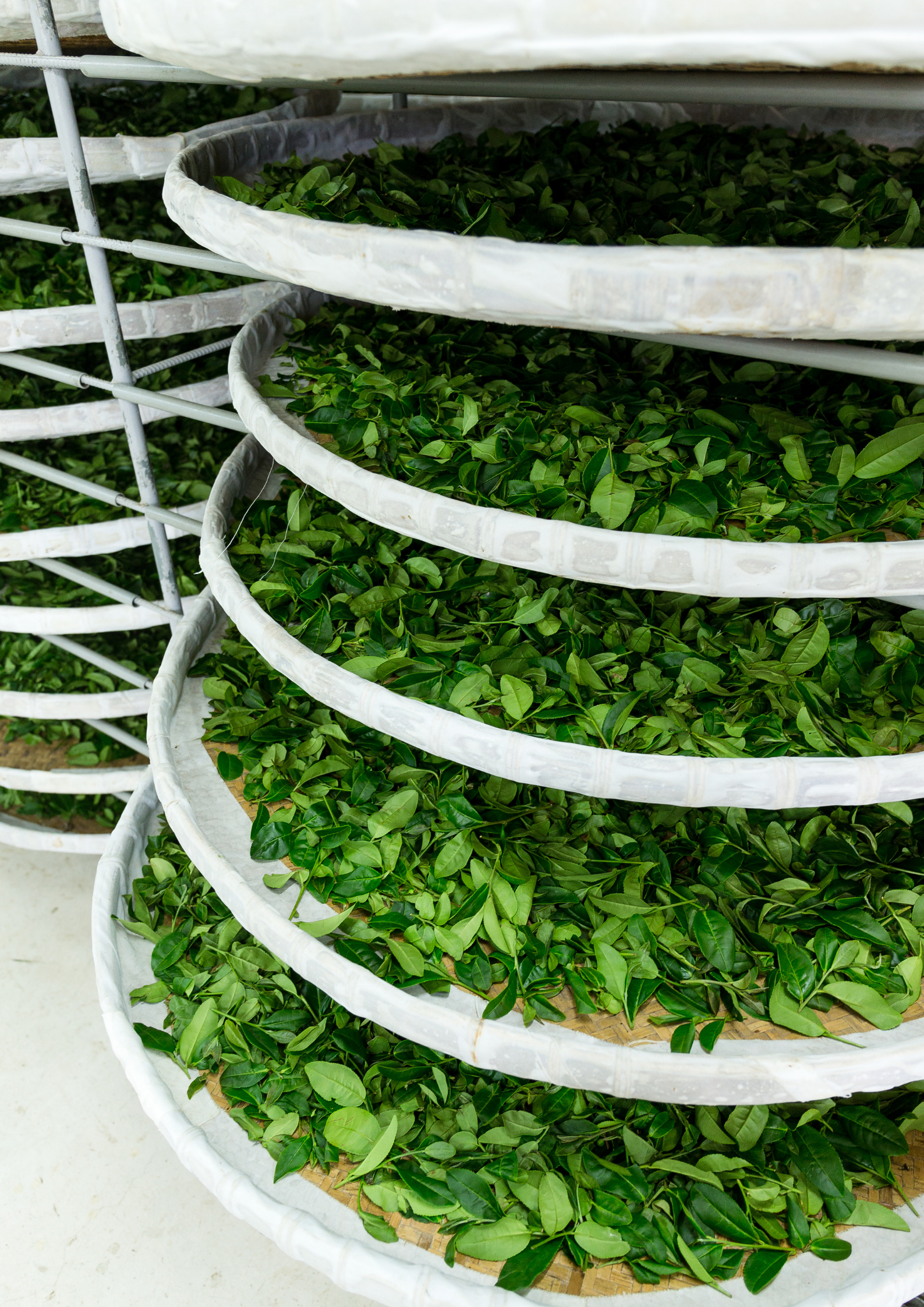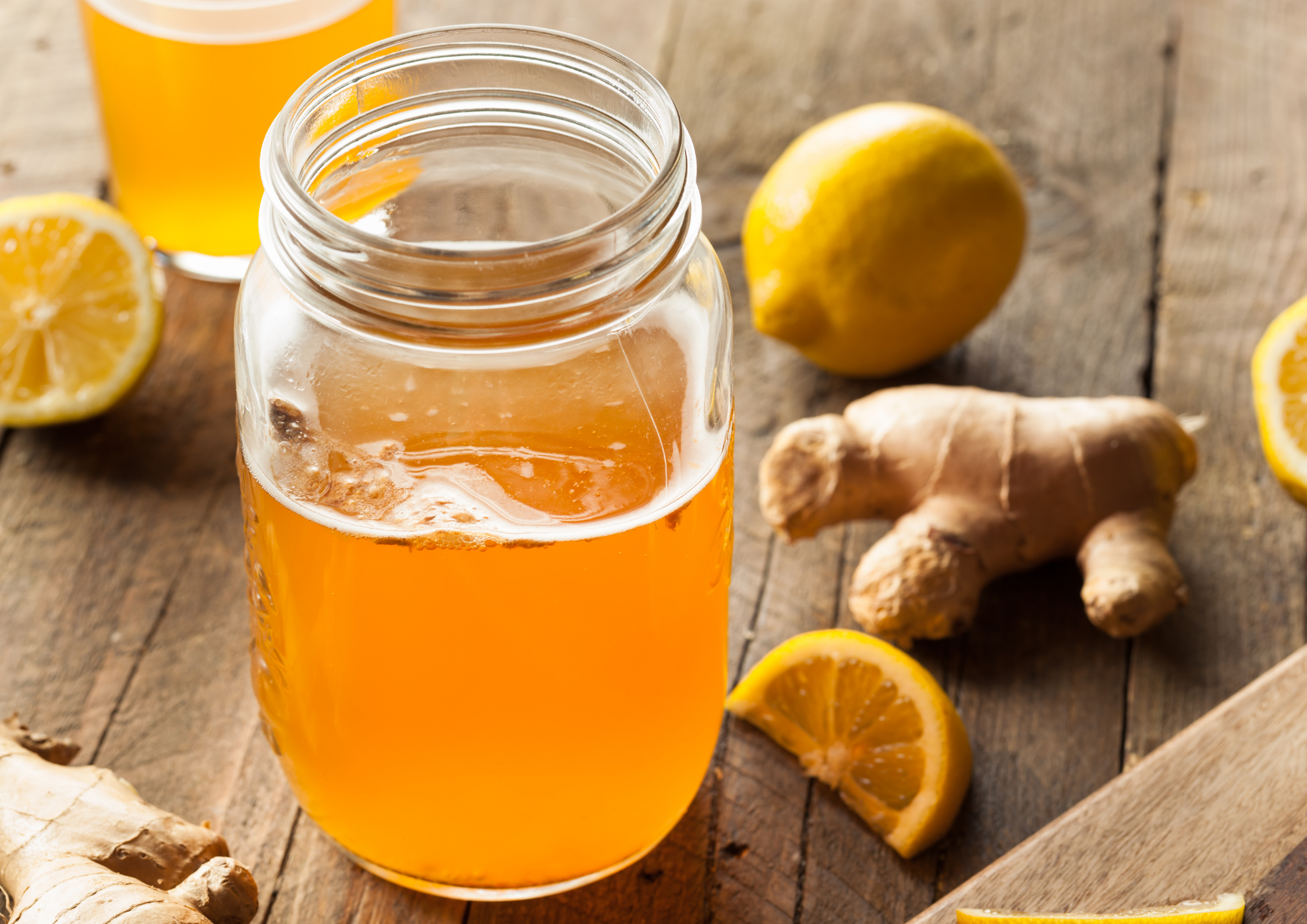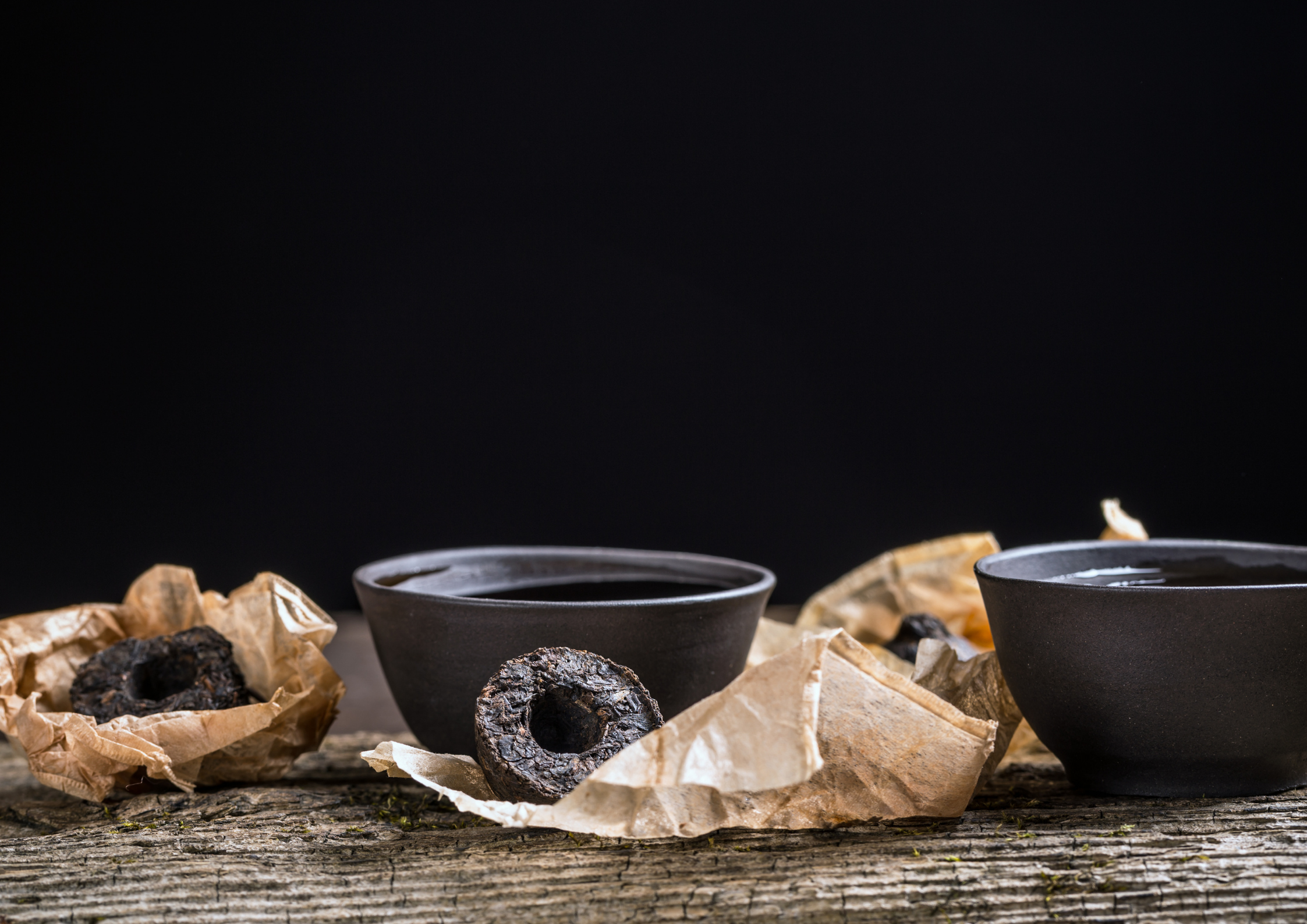You've probably heard of the drink Kombucha and more broadly about the trend for fermented food? Today, we will tell you all about fermented tea.
Fermented tea (or "post-fermented" tea) is one that undergoes a period of aging in the open, or is accelerated, that classic black teas do not. Like good wine, fermented tea improves with age and can be stored for years.

What is fermented tea?
Fermented tea is black tea which has undergone fermentation. In addition to oxidation, common to all black teas (i.e. the blackening of the leaves on contact with air), a new step is added, that of fermentation. This has a significant impact on the taste and brings the fermented tea its originality.
How is the tea fermented?
The tea is placed in a hot and humid environment, and brought into contact with moulds, yeasts and bacteria. The proliferation of these microorganisms is what accelerates the aging of the tea leaves. There are different techniques to achieve this. The first is ancestral, artisanal and traditional. The tea leaves are simply fermented over time, a long period of aging, ideally in a hot and humid cellar as the most suitable environment. The second, developed in the 1970s, is more industrial. To save time, the process is accelerated, sometimes with the addition of yeast. The leaves are moistened and placed under an airtight tarpaulin in a room with constant heat and humidity, for about fifty days. The goal: to deprive the tea of oxygen and accelerate the proliferation of microorganisms.

The different names of fermented tea
In China, the birthplace of tea and the world's leading exporter, “black tea” or “dark tea” is known as a post-fermented tea. The reason for this, is that what we in the West call black tea is called "red tea" by the Chinese. Of the different varieties of Chinese fermented tea, the most famous is Pu-Erh tea (or Pu'er) cultivated in the Chinese province of Yunnan. Mistakenly called "semi-fermented tea", Oolong tea is not a fermented tea. It is a semi-oxidised tea, that is, halfway between green tea and black tea. This is why it is also called blue tea or blue-green tea. So you see, with tea we can experience (almost) all colours!
What does fermented tea taste like?
The fermentation of tea radically changes its taste. Forget about the astringency and bitterness you experience when you drink certain teas. Fermented teas have smoother, earthier flavours, combining intense notes of undergrowth. Thus, the Chinese Pu Erh fermented tea is renowned for taking us on a trip to the heart of the forest, as close as possible to ancestral nature. A complete adventure!
Kombucha, a very trendy fermented beverage
The popular elixir, Kombucha, is not strictly speaking fermented tea. It is a fermented drink, born from the symbiosis between bacteria and yeast. It is especially for the taste that Kombucha is made with black tea, green tea, white tea, or from herbal teas and infusions. The presence of already fermented tea is not a prerequisite at all. It is the addition of a colony of microorganisms (called the “mother of Kombucha”) that enables fermentation. The effect of bacteria and yeasts turns the sugar in the tea into carbon dioxide, acetic acid and a touch of alcohol (less than 1%). Although consumed for millennia, Kombucha is experiencing a comeback, like all fermented foods, acclaimed for their probiotic actions. The microorganisms they contain are said to be beneficial for our intestinal flora.
Precautions to take before drinking Kombucha
Often “homemade”, Kombucha is not a benign drink. If it is too sweet and too acidic, it can damage tooth enamel in particular. In addition, if the bacteria contained in the drink are too “aggressive” it can be harmful. This is especially true for pregnant and breastfeeding women, or for fragile and immunocompromised people. Do your research before trying Kombucha.

Our advice for a good fermented tea
Want to try or share fermented tea with your loved ones? Here are our tips for choosing it and for a good infusion. Looking for an(other) original tea? Do not miss smoked tea, which is also very popular.
How is a fermented tea prepared?
For a fermented Pu-Erh tea, allow 3 to 4 minutes of infusion in simmering water at 90° C. Be careful not to boil the water, as this may damage the tea leaves. To boost its action on digestion, you can combine fermented tea with aromatic plants, such as thyme or rosemary. Confused about which teapot to use? Head over to our complete guide to teapots.
When is it best to drink a fermented tea?
The tea fermentation process can decrease theine level, which allows dark teas to be enjoyed without issue throughout the day. This low theine content does not prevent most people from sleeping, but it can depend on the sensitivity of the individual. The claimed benefits of fermented tea in terms of digestion make it an ideal tea to drink after meals.
What are the benefits of fermented tea?
Fermented tea has been consumed since the dawn of time in China, and is said to have digestive benefits, thanks to the polyphenols and theaflavins it contains. Powerful antioxidants which boost the metabolism and facilitate digestion. Fermented tea, like other varieties of tea, can also have a detoxifying action and promote weight loss (in combination with a varied and balanced diet).
What fermented tea does Kusmi Tea offer?
It is organic Pu-Erh tea, a unique dark tea from China, which gave its name to the town of Pu'er, in the Yunnan province. Pu-Erh is a great tea for several reasons. First, its size: it comes from varieties of tea plants with particularly broad leaves. But, it is above all great for the value of the fermentation process. Pu-Erh is a post-fermented tea, thanks to a long natural and very gradual drying process. And that's not all: Pu-Erh tea also has the particularity of improving over time... A real treasure, believe us!

Pu-Erh tea, a very ancient treasure
At the time of the Tea Horse Road travelled by the famous caravans of horses and yaks, the producers of Yunnan compressed the Pu-Erh tea into the form of bricks (also called “bird's nests”) in order to transport it more easily to Tibet. It was then also used as a currency of exchange. Pu-Erh can be stored for several years - some up to a several dozen - provided it is stored in a very humid place. No we know why it is such a precious tea!
So, are you ready to try fermented tea?







